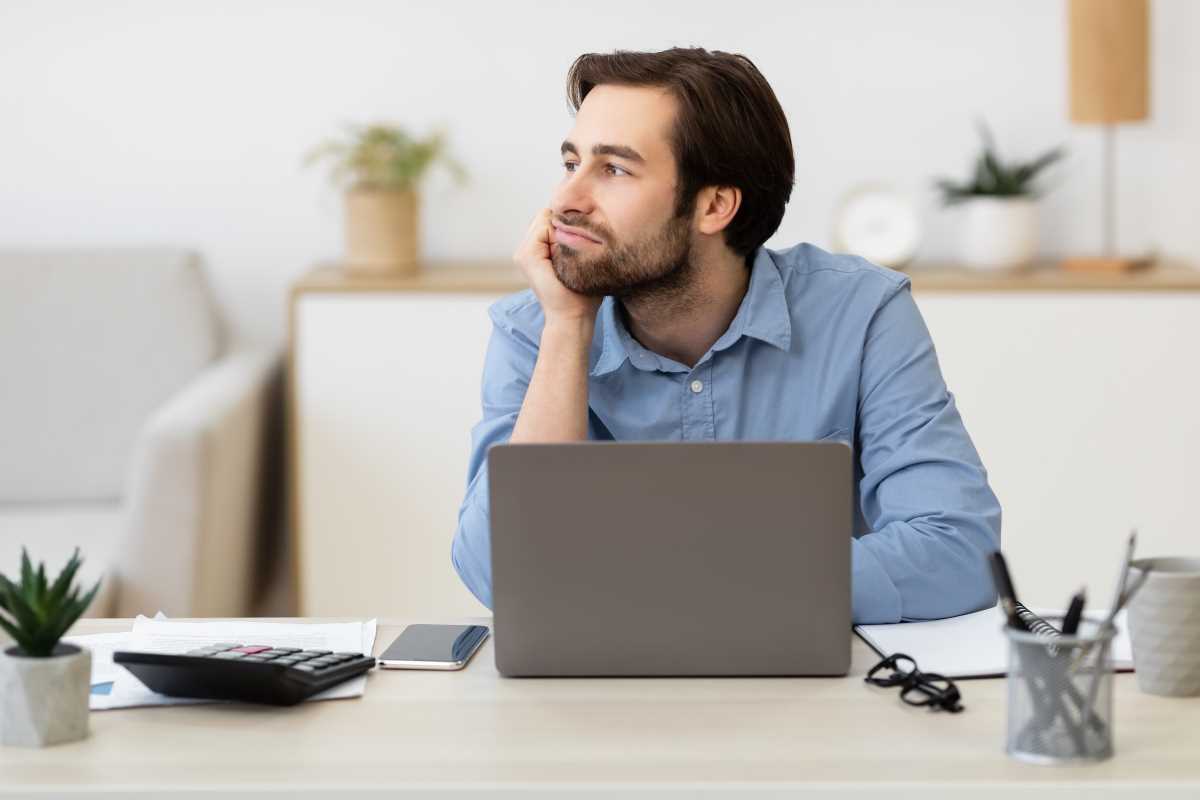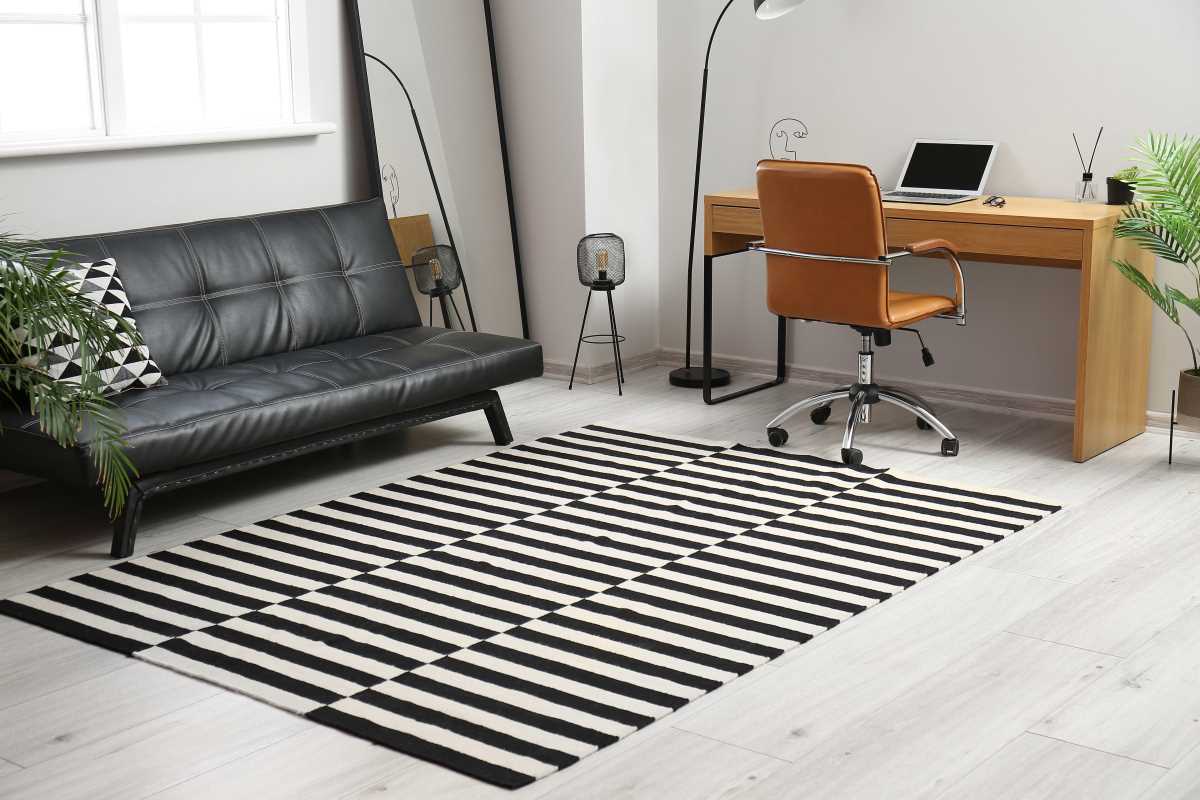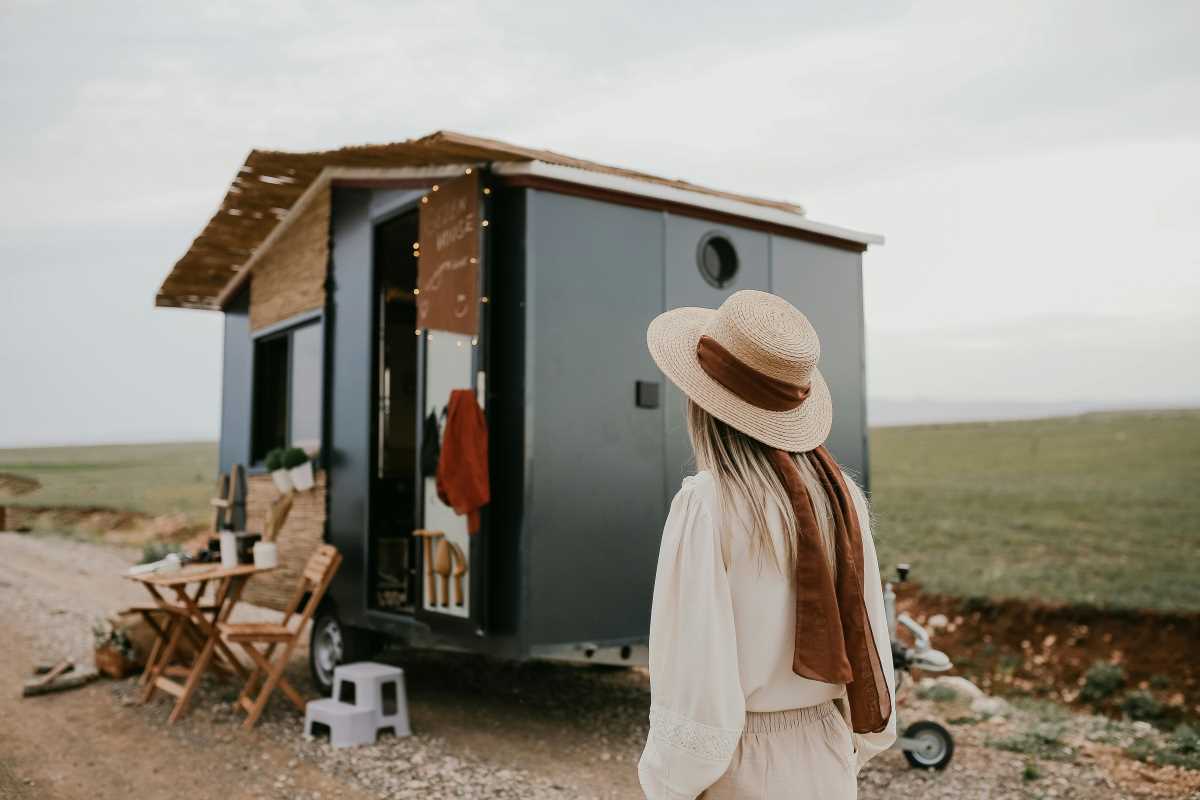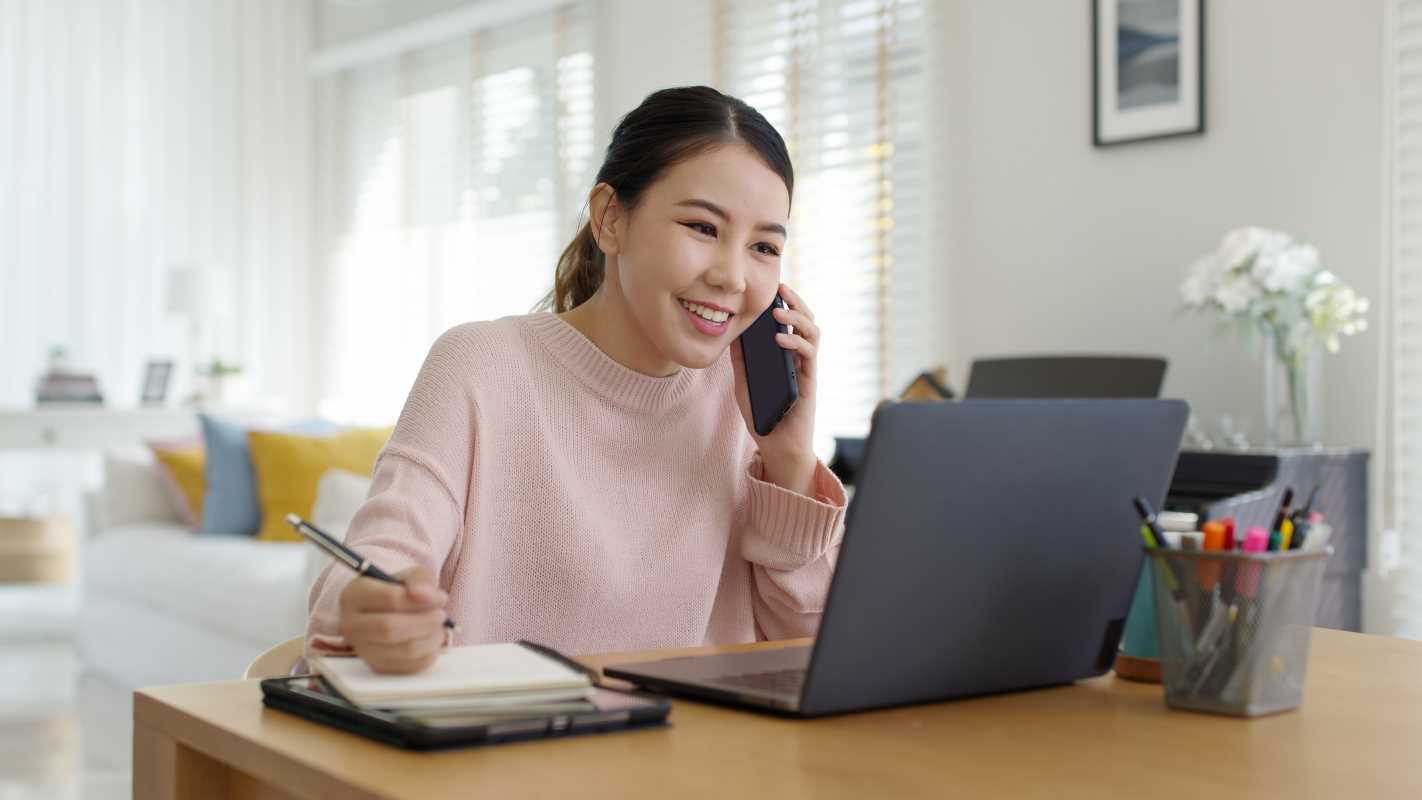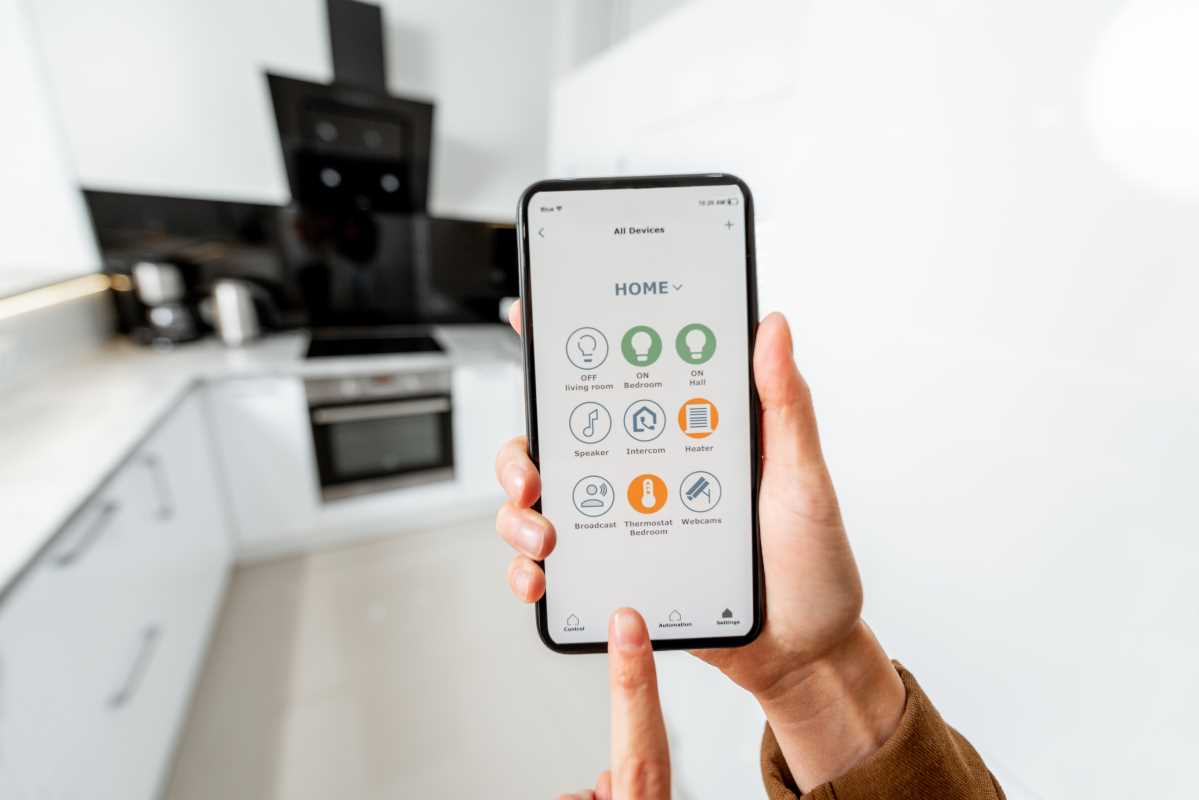Working remotely while traveling breaks away from the routines of traditional office life. Each day brings new challenges, such as handling time zone differences, finding reliable internet connections, and learning to fit in with unfamiliar cultures—all with a smaller set of possessions than usual. Adopting a minimalist mindset in these circumstances involves cutting back on both digital and physical excess so that your daily experience becomes more focused. Every tool you select and each habit you develop should fulfill a distinct need, allowing you to make thoughtful choices. By keeping your life streamlined, you clear mental space and find it easier to settle into each new location.
By removing what’s unnecessary and establishing effective daily routines, you create space for meaningful moments in every place you visit. A Minimalist routine helps you pack less, navigate calls smoothly without extra tabs, and stay present for the sunrise over a foreign skyline. Let’s explore why this approach matters and go through practical methods to build it from scratch.
Streamlining Remote Life Essentials
Overpacking both your suitcase and your browser tabs drains your energy and focus. Instead of a long list of “must-haves,” view each possession or app as a helpful part of your workflow. This change leads you to ask yourself: does this item or feature earn its place every day? If the answer is uncertain, it’s time to remove it or replace it with a more efficient option. You will notice quick wins when you cut down: faster email checks, clearer calls, and a more relaxing evening after work in a new environment.
Seeing things differently, minimalism in this context isn’t about sacrificing comfort. It involves selecting intentional tools and routines that match the needs of remote work abroad. Imagine a toolkit where each cable, extension, or software has a specific role in your daily routine, so you never waste time searching for that odd connector or misplacing a key document. When you treat each component as an essential part—your most valuable piece—you reduce friction and gain the freedom to explore new streets after hours without worry.
Practical Steps for Efficient Days
- Digital Workspace Declutter
- Purpose: ensure stable calls and quick file access
- Steps:
- Remove old files by date, keeping only current ones
- Organize folders by client or project, with clear labels
- Use one cloud service with offline sync enabled
- Cost/Measure: free plans up to 15 GB available
- Expert Tip: archive finished work monthly to speed up searches
- Capsule Electronics Kit
- Purpose: lighten packing and avoid duplicate adapters
- Steps:
- Pick a universal charger with ports for laptop + phone
- Replace heavy adapters with a foldable, <100 g model
- Label cables simply for quick access
- Cost/Measure: ~$30 for a dual-port charger; ~$5 per cable
- Expert Tip: pack extra USB-C to USB-A adapters for older ports in cafes
- Time-Blocking Routine
- Purpose: balance focused work and breaks across time zones
- Steps:
- Reserve 2-hour blocks for deep work, using a timer
- Take 5-minute walks each session to reset posture and eyes
- Dedicate midday for urgent messages instead of constant checking
- Cost/Measure: free timers available; paid apps ~$3 with reports
- Expert Tip: align work blocks with daylight hours for better team coordination
- Lean Travel Wardrobe
- Purpose: reduce decision fatigue and simplify laundry
- Steps:
- Limit shirts to 3 neutral colors, quick-dry fabrics
- Choose 1 versatile pair of shoes for work + casual use
- Roll clothes to save space and prevent wrinkles
- Cost/Measure: under $50 per item; lightweight fabrics preferred
- Expert Tip: wear bulkier clothes while traveling to save bag space
- Quiet Corner Setup
- Purpose: create a portable focus zone anywhere
- Steps:
- Carry a foldable laptop stand for ergonomics
- Pack noise-canceling headset or silicone earplugs
- Keep a small notebook for quick notes instead of apps
- Cost/Measure: stands ~$20; earplugs <$10 per pair
- Expert Tip: use a thin silicone desk mat—it doubles as a mouse pad and desk protector
Implementing a simple toolkit and focused routines reduces decision fatigue and clears your mind for creative problem-solving. When each item and habit has a specific purpose, packing, calling, and logging on become almost automatic. Spend less time untangling cables or searching folders, and more time exploring rooftops, street markets, and whatever new sights you desire after work.
Streamline your routines and habits to stay flexible and make time for meaningful experiences. Align your essentials with your priorities to improve your remote workflow and travel light. Follow these steps to enjoy your journeys with ease.
